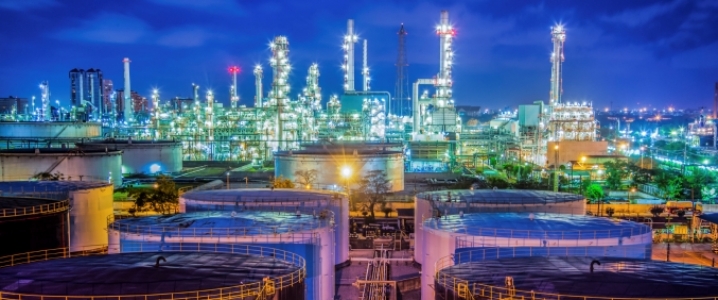Asia is drowning in Chinese fuels and things are about to get worse over the next three years as new refining capacity in the world’s second-largest economy begins operating.
There are several factors at play here, including the rise of the teapots, slowing economic growth and perhaps a not accurate enough forecast of future fuel demand trends in China.
According to Bloomberg columnist David Fickling, the teapots—China’s independent, private refiners—are the main driver of the glut that is choking off Asian refiners’ margins and pressuring prices.
Indeed, the emergence of independent refiners in China accounted for a large portion of the import surge we have witnessed in the direction of China in the past four years. The 2014 price crash certainly helped but, as Fickling notes, it’s teapots that have led the increase in imports while state oil companies have not changed their intake levels in any notable way since 2015 when the independent refiners came on the scene.
Yet economic growth outlooks have played their part in the rising glut as well. China is what every commodity analysts looks to when it’s time to forecast the demand prospects of one commodity or another. Oil demand growth in both China and the Asia-Pacific as a whole has been strong, but even strong demand could slacken off and this seems to be what’s happening with China. Unfortunately, it is happening as plans to boost local refining capacity are being put into action.
Reuters’ Henning Gloystein reported in February that car sales in China, the world’s top car market, are slowing down amid a build in refining capacity that is tipping into excessive territory. In 2018, he noted, car sales in China fell for the first time since records began and the start of this year has not been particularly encouraging, either. This means weaker gasoline demand. Diesel demand will this year fall for the first time ever, too, according to CNPC. More fuels will need to be dumped on neighboring markets. Related: Is This As Good As It Gets For Oil?
Already strong exports to other Asian markets have combined with higher oil prices to pressure refiners’ margins and coupled with rising labor costs are pushing many in the industry close to the brink of collapse, Reuters’ Gloystein noted. Indeed, it looks like OPEC’s strategy for price control might play a bad joke on the biggest oil market in the world.
This year, Bloomberg’s Fickling said citing Bloomberg Intelligence analyst Lu Wang, some 890,000 bpd in new refining capacity will come on stream in China. Next year, the amount of new capacity to start operating will stand at 1.08 million bpd. In 2021, another 1.12 million bpd will be added.
As a result, it’s reasonable to expect an even worse glut, especially as the new emission rules of the International Maritime Organization enter into effect next year, hitting demand for high-sulfur bunkering. And yet, demand for crude oil remains strong in China, according to some industry sources.
Reuters in February reported, citing an unnamed source, Aramco expected to boost its exports to Chinese refiners to 1.5 million bpd this quarter from 1 million bpd last year. At the same time, the Ministry of Commerce gave teapots lower import quotas in January, which suggests lower demand, at least for the time being. The situation paints an intense price competition picture for oil exporters and a dark one for refiners across Asia until the glut clears.
By Irina Slav for Oilprice.com
More Top Reads From Oilprice.com:
- The Next Major Flashpoint For U.S. Shale
- Exxon Punished By Wall Street For Spending Strategy
- Kashmir Conflict Has Riyadh On Edge

















